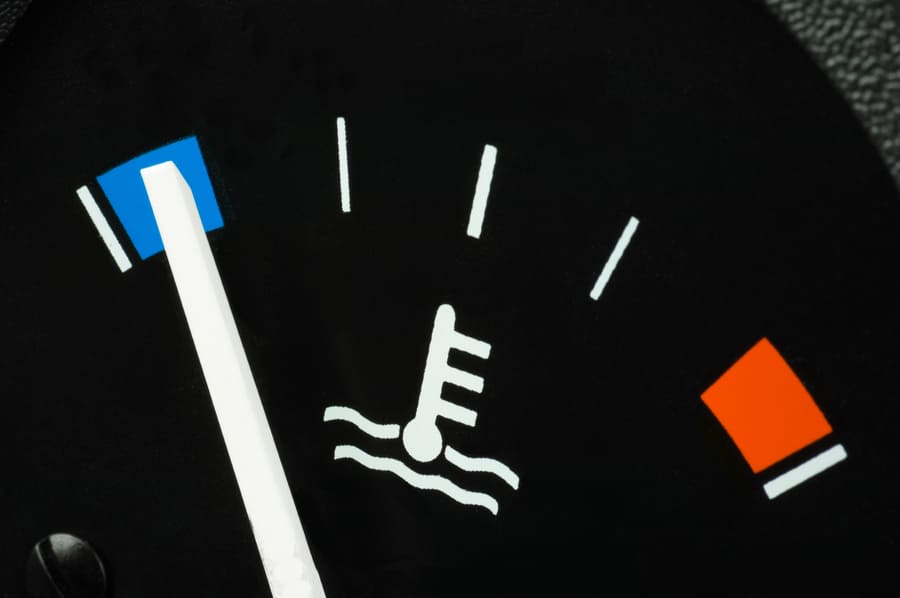
An engine block heater is a handy electrical device used for the sole purpose of warming up your car engine and its fluids on those cold, wintery days. In freezing temperatures, the engine oil gets thicker, causing more resistance, as well as difficulties with starting the engine. On top of that, the more you have to crank your engine, the more battery power this will use. This device helps to combat this problem by heating up the block or fluids beforehand so that you can start the motor more quickly. This also prevents damage caused by cold starts and idling..
The first block heater was invented in 1947 by a North Dakotan man named Andrew Freeman. As you can imagine, the chilly climate of North Dakota made it very difficult for him to start his Ford car, and after draining the car’s battery, he set out to find a solution. This resulted in the invention of the head bolt heater. By inserting an electrical heating element through the head bolt, he was able to directly heat the water in the engine block. Nowadays, there are many types of heaters that can be inserted into or installed on the engine unit using different methods.

Types of engine heaters
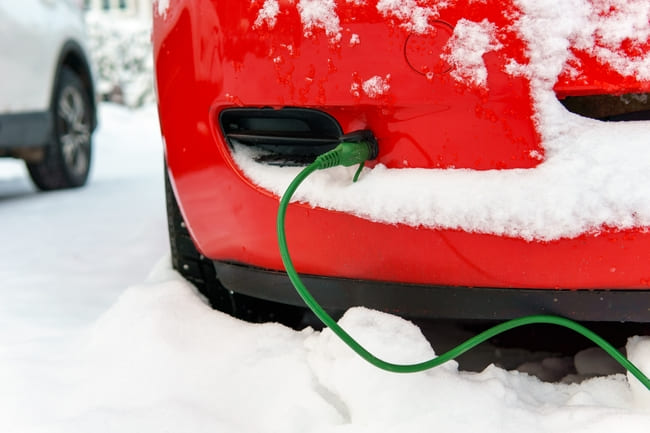
If you’re looking to buy a block heating device, you’ll need to choose one based on your own needs and your vehicle’s requirements. Some are universal and easy to install, whereas others may need to be installed by a professional. Some heat the block itself, while others are designed to heat the coolant or oil itself.
Dipstick heaters. The installation of these appliances is fairly simple as they are installed where the vehicle’s regular dipstick normally goes. The heating element warms up the motor oil. As well as being easy to use, this solution is also very affordable. The downside is that the devices normally have a lower heating capacity than most other types.
Engine-warming blankets. These heated blankets can be placed on top of the engine or attached to the underside of the bonnet. They’re good for warming up the whole engine unit.
Bolt-on external devices. They attach to the outside of the engine block, indirectly heating up the coolant. It is advisable to get it installed by a professional automotive technician as the wiring will need to be carefully routed through the engine compartment.
Core/frost plug heaters. The car’s existing frost plug is replaced with the heater, which heats the coolant inside the block. The plug-in heater method is direct and, as a result, usually more efficient than external appliances.
Oil pan heaters. This device acts as a heating pad for the oil pan. By attaching the pad to the oil pan with magnets or bolts, the oil can be heated externally.
In-line coolant device. There are two types of in-line coolant heater: circulating and non-circulating. Both types splice into the coolant hose to heat the fluids. Circulating devices use the pump to push warm coolant around the power unit, whereas non-circulating heaters only heat the fluid in one area.
Do I really need to use one?
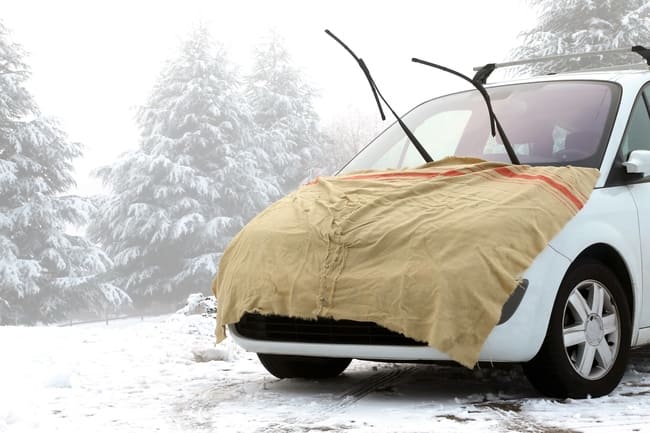
It depends where you live and where you drive your car. If you’re living in a sunny paradise, you’ll probably never even have to consider it. However, if you are no stranger to freezing cold winters, it can make all the difference. Block heaters are generally recommended when temperatures reach -15 °C or below. They can also come in handy if the vehicle is left to sit for long periods of time and therefore isn’t heated regularly. These devices are also particularly useful for diesel engines which require higher temperatures to operate effectively, as well as cars that use non-synthetic oils. Using one can improve ignition and combustion efficiency and help reduce fuel costs in the long run.
When and how long should I use an engine block heater for?
It’s not always necessary to keep the heater plugged in overnight, only if the weather is severe enough to solidify your engine’s antifreeze or damage the engine block. Once it has reached the necessary temperature, any extra heat will be lost and the electricity wasted. It is often better to use a timer and start the heater a few hours before you plan to set off. This usually doesn’t take longer than 2 to 4 hours.

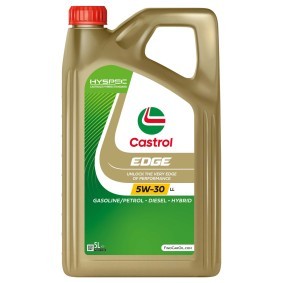


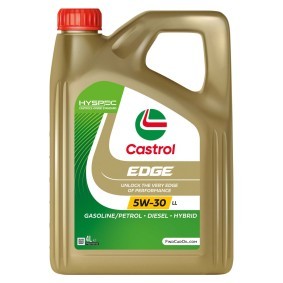
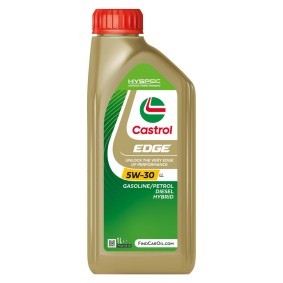






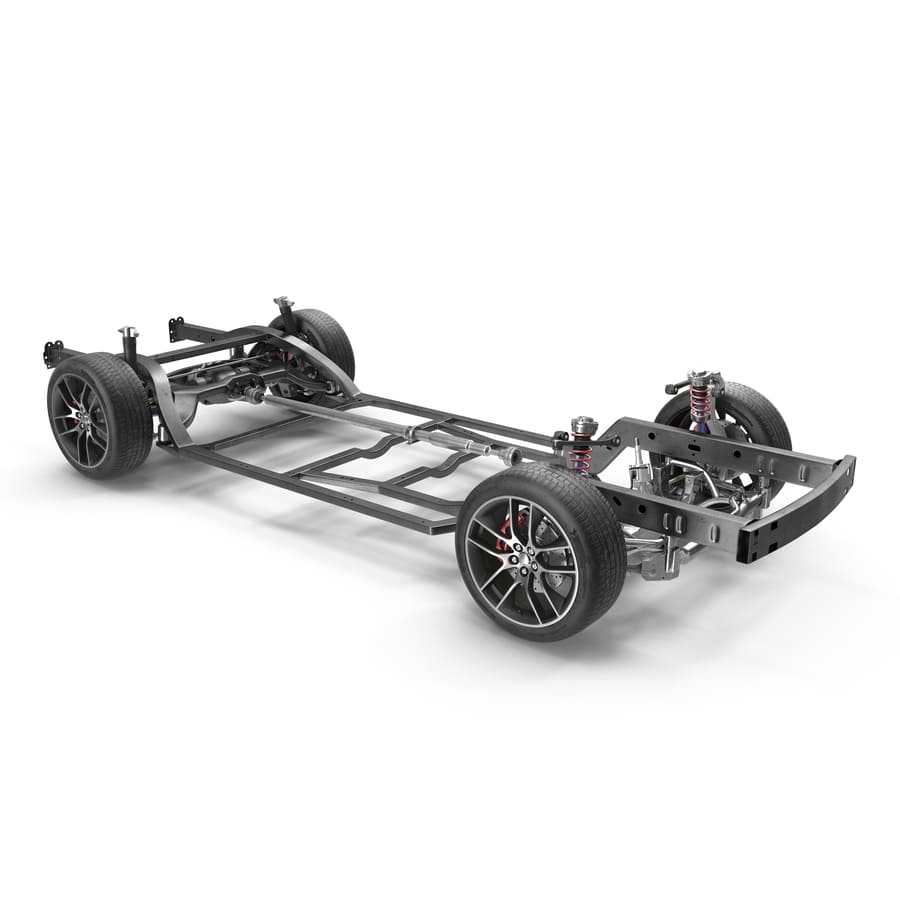

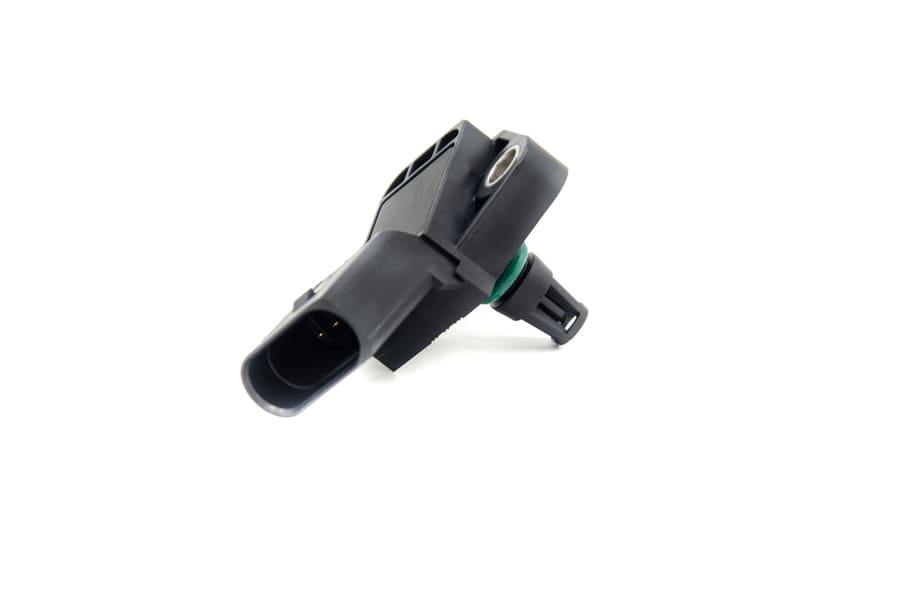
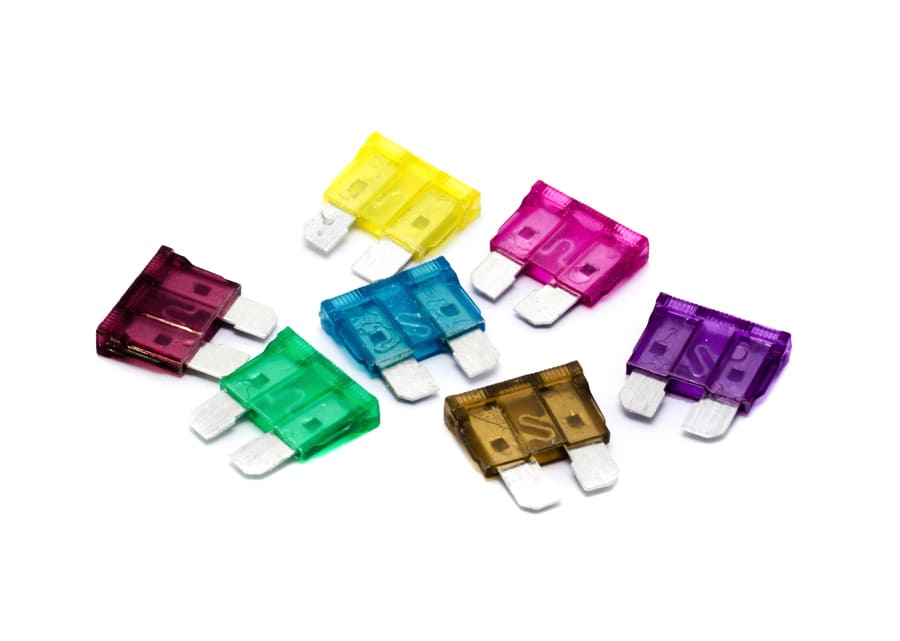
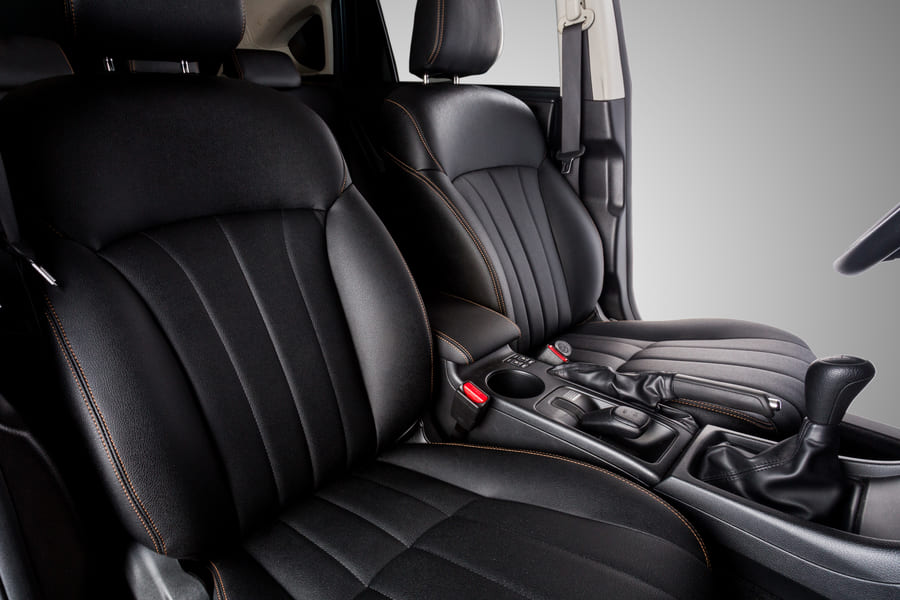

Comment